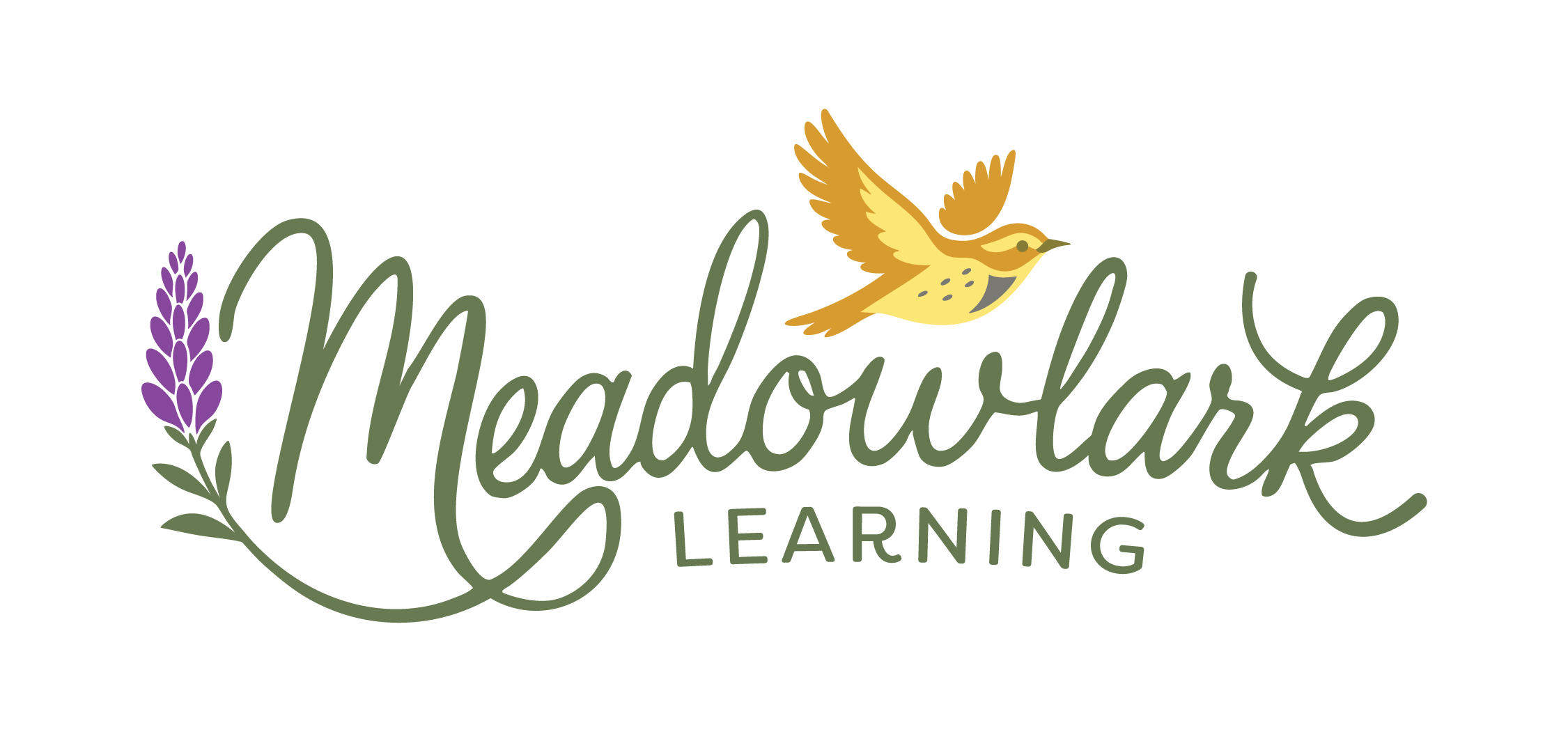
Research-Based Learning
What “Research-Based Learning” Means at Meadowlark Learning
If you’ve ever searched for homeschool curriculum (and because you’re here, I know you have), you’ve probably seen the phrase “research-based” more than once. But what does it mean to us, and why does it matter?
At Meadowlark Learning, “research-based” isn’t just a buzzword; it’s the foundation beneath every lesson, game, and hands-on activity we create. We design lessons the way children actually learn—by doing, noticing, moving, talking, and connecting what they experience to the real world around them.
Grounded in How Children Learn Best
Early childhood research tells us that young children learn through play, movement, and conversation long before they learn through worksheets. That’s why every Meadowlark lesson is full of developmentally-appropriate exploration, not explanation.
We blend developmental science with play so that learning feels like discovery, but with clear educational purpose behind it.
Based in the Science of Reading and Orton–Gillingham Principles
The Science of Reading has shown that children thrive when they’re taught how sounds connect to letters step by step, through a blend of sight, sound, and motion.
Our preschool lessons use those same principles in age-appropriate ways—helping children hear, say, see, and build with sounds and letters long before they ever “sit down to read.” It’s structured, multi-sensory learning that feels natural, not forced.
The Orton–Gillingham (OG) approach was originally developed to support children with dyslexia, but decades of research have shown that its structured, multi-sensory methods benefit all learners. By engaging multiple senses—seeing, hearing, speaking, touching, and moving—OG helps children form strong, lasting connections between sounds and letters. It builds confidence through clarity and repetition, creating a solid foundation for reading success across every learning style.
Informed by Cognitive Development Research
Children need repeated, meaningful exposure to concepts before mastery develops. That’s why Meadowlark revisits ideas through stories, games, and play rather than drills or memorization.
We build lessons around how children’s brains grow—layering knowledge, nurturing curiosity, and helping them feel proud of what they can do.
What It Looks Like in Real Life
Here's an example: In the Meadowlark Preschool Curriculum, when children learn the sound /t/, they’ll sip “tea” in a tent (under a blanket), trace the letter T in their sensory tray, play a boardgame, and hunt for T-things outdoors or around the room. Later, they’ll hear a Little Lark Story about Tilly’s Tower, noticing the /t/ sound again and again as they listen and talk.
It feels like play, but behind every activity is solid cognitive science. Those joyful moments—hearing, saying, seeing, and moving—build the neural connections that make reading and writing click.
You’re not just filling time, nor are you introducing academics too early; you’re laying the groundwork for a love of lifelong learning.
Why It Matters
A research-based approach means you can trust the process. You don’t have to guess whether your child is learning enough. Every story, song, and playful activity is intentionally designed to align with what science tells us about how children grow, think, and learn.
At Meadowlark, we blend research with heart so learning stays both meaningful and magical.
Want to see what research-based learning looks like in action?
Check out our Preschool resources here.
Share

